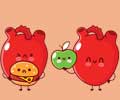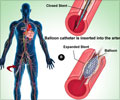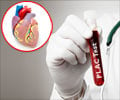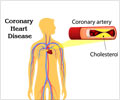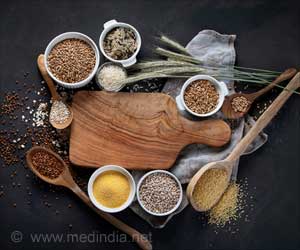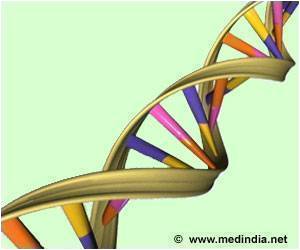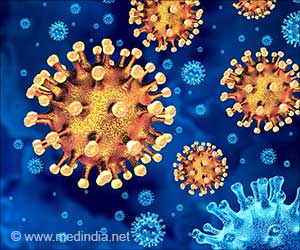Indians face the highest risk of heart disease in the world. More than half the population cannot identify the signs of heart attack. There is a great need for heart attack awareness among Indians.
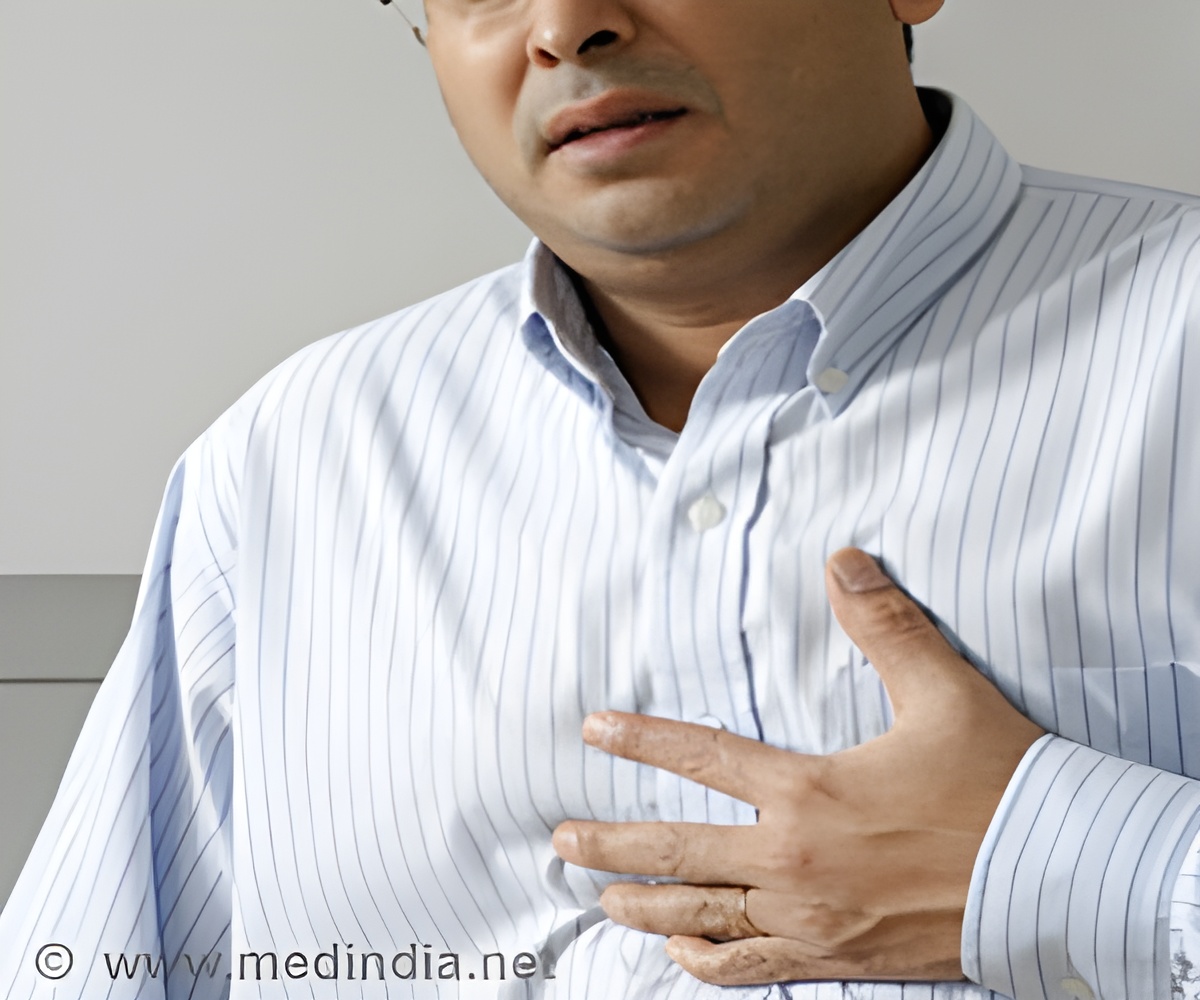
‘An individual needs to seek medical care as soon as possible when experiencing symptoms like chest pain, shortness of breath, discomfort radiating to one or both arms or into the neck.’





“India is going through a major epidemic of heart disease. As patients are living longer and having changes in their diet and lifestyle, Indians now have one of the highest risk of heart disease in the world,” said Umesh Khot, M.D., vice chairman of cardiovascular medicine at Cleveland Clinic.“Recognizing the disease, getting to medical care and then getting proper treatment as quickly as possible is really the key to surviving the heart attack and living after that.”
When it comes to their own heart emergencies, Indians need additional education in identifying and responding to a heart attack. The survey found when asking what was the “thing to do first” in the event of a possible heart attack, less than half were able to identify one of two correct responses.
Only 15 percent said they would chew an aspirin as a first response, a first step to take when experiencing a heart attack. The common headache tablet is known to slow blood clotting and reduce the severity of a heart attack until help arrives, and chewing rather than swallowing the tablet whole helps the body absorb it faster.
Another 26 percent said they would call an ambulance, which is usually recommended as the best way to reach medical care because it provides life-saving emergency care on the way. However, Dr. Khot noted this would not be the case in areas where ambulances would be too slow to arrive.
Advertisement
“In some places there are ambulance services that can take patients rapidly, in other places they don’t have that and patients have to get care through their own transportation or to seek transportation but the key thing is to not wait.”
Although three-fourths of people could identify “pressure, squeezing, fullness or pain in the center of your chest” as a heart attack symptom, a significant number confused signs of a stroke with symptoms of a heart attack.
A little over one-third (37 percent) of people wrongly identified “sudden numbness or weakness of face, arm or leg,” 30 percent wrongly identified “slurred speech,” and 22 percent wrongly identified “sudden trouble seeing in one or both eyes.”
Sixty-two percent correctly identified shortness of breath as a heart attack symptom, in addition to 52 percent who correctly identified “pain in one or both arms.”
Patients travel to Cleveland Clinic, located in Cleveland, Ohio, from around 185 countries every year for treatment, including locations in Weston, Fla.; Las Vegas, Nev.; Toronto, Canada; Abu Dhabi, UAE; and London, England to open in late 2020.
Source-Medindia



